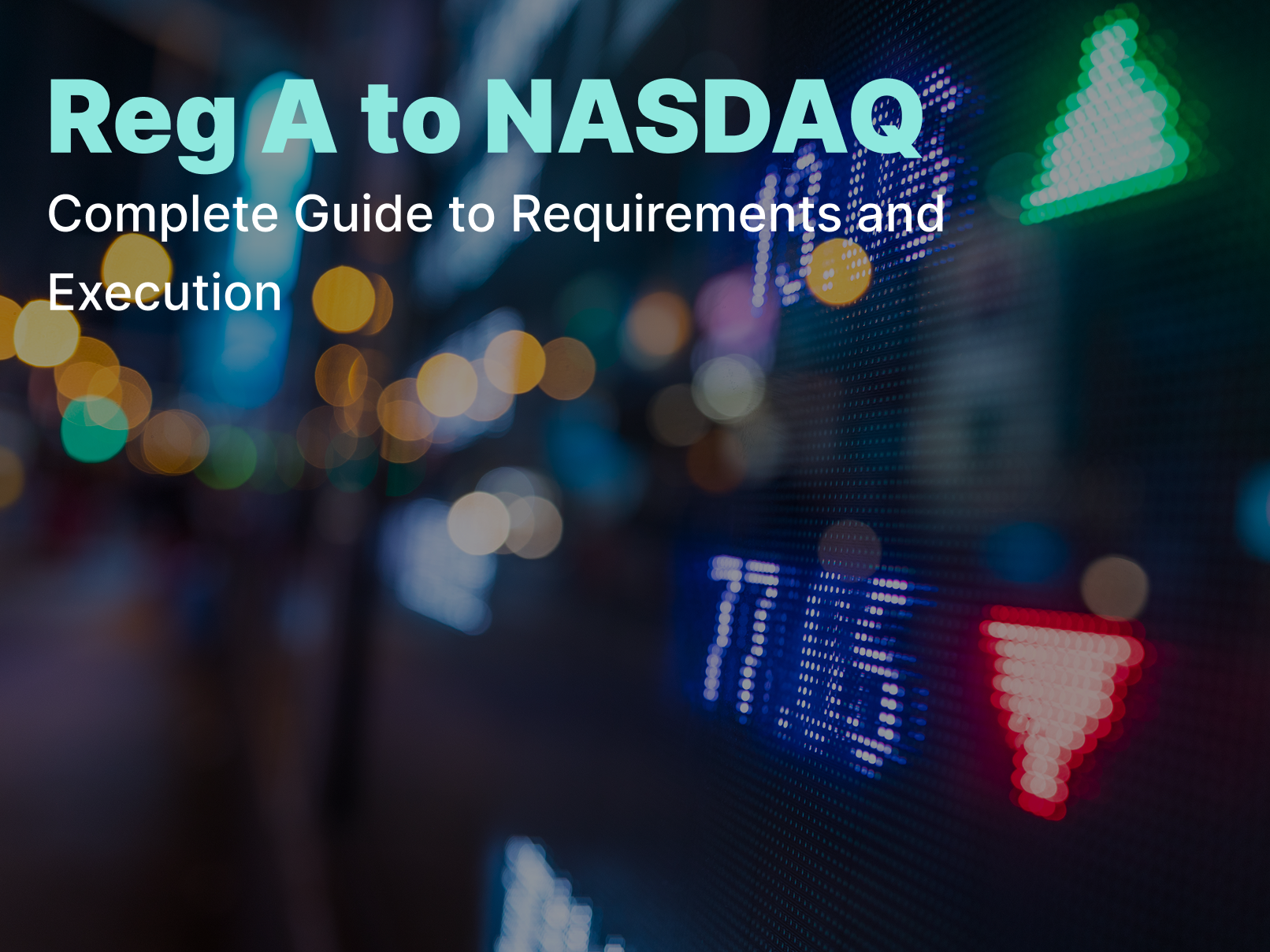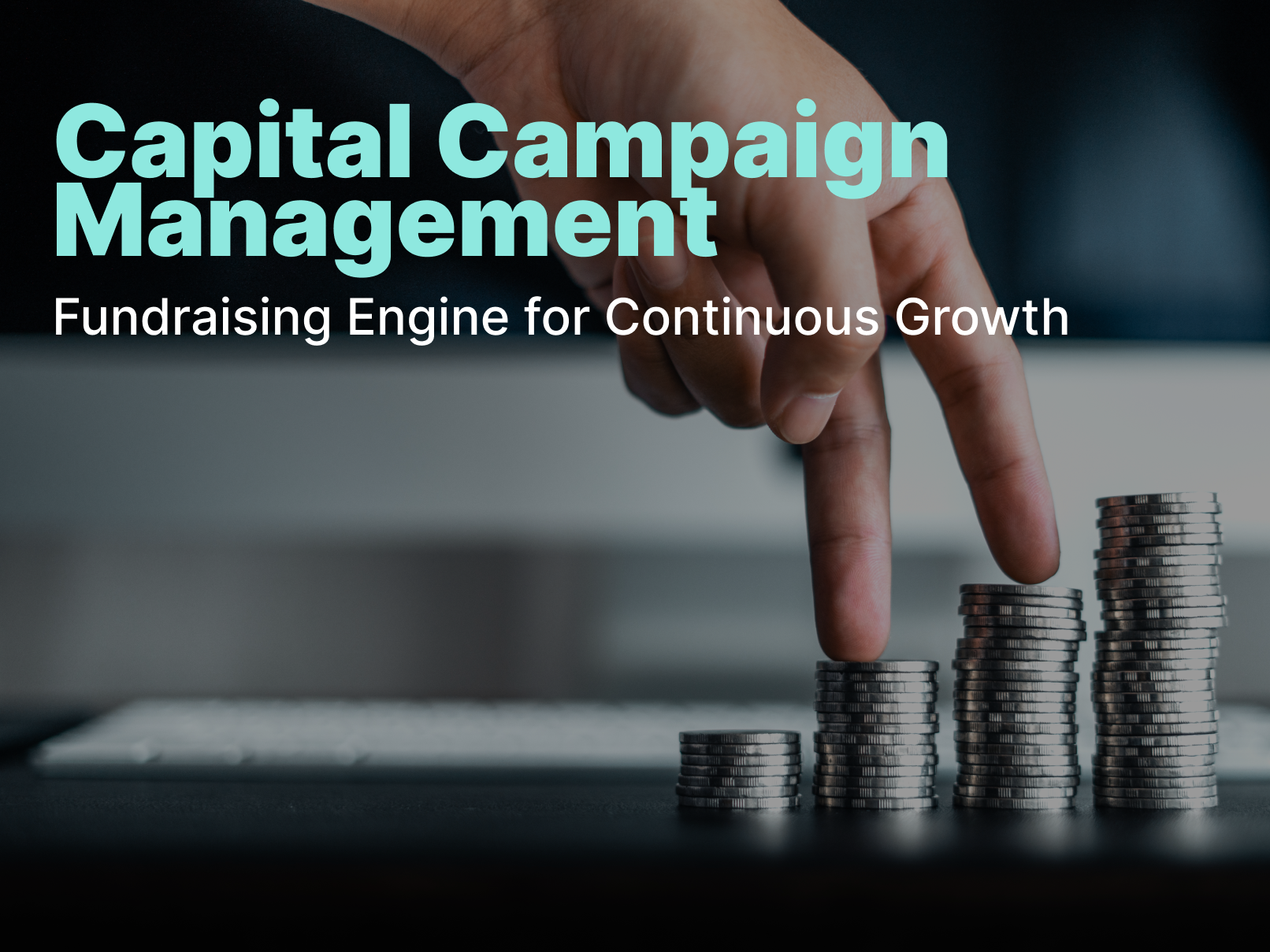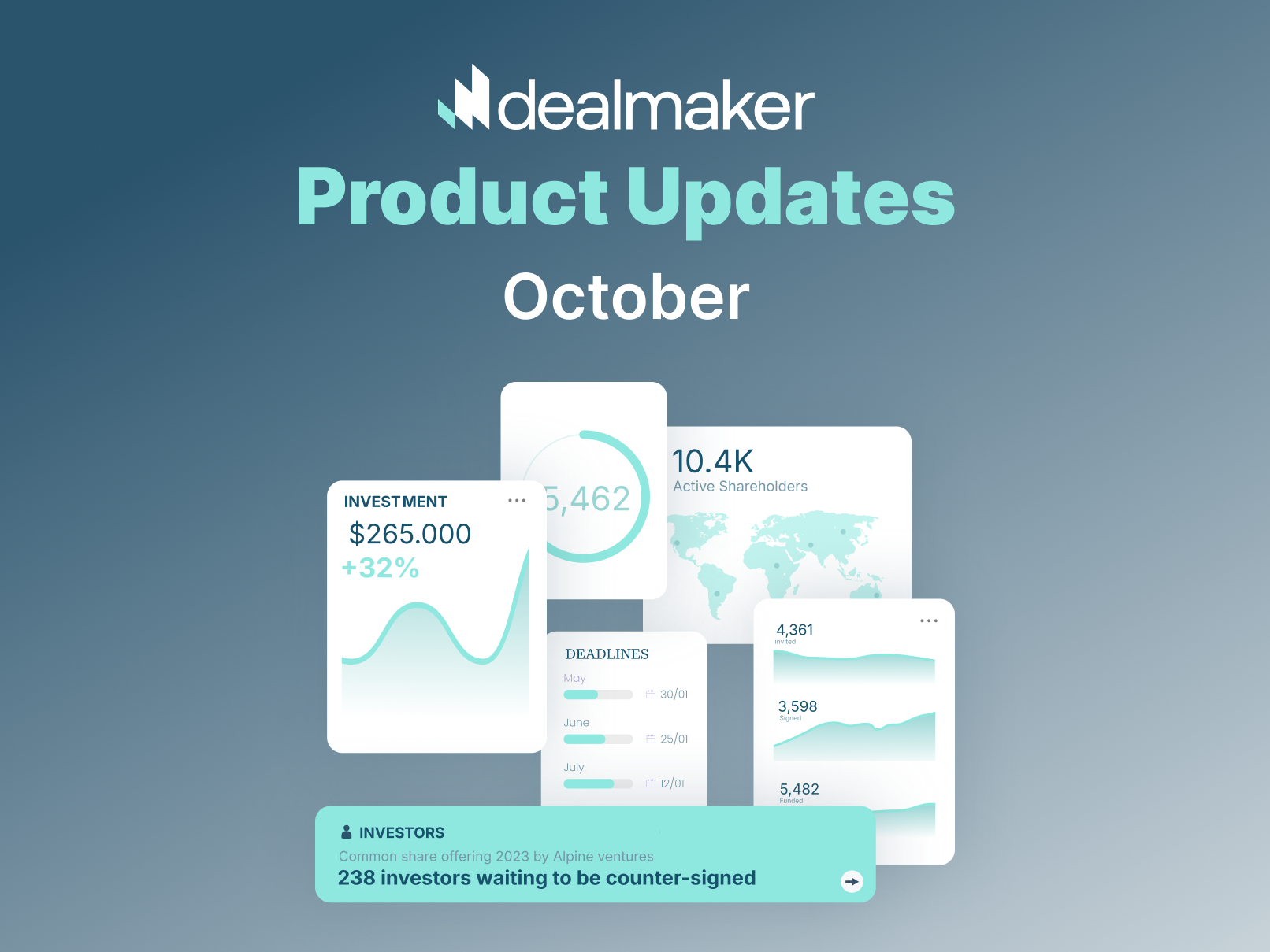Raise Capital
September 13, 2022
Effective Ancillary Fees for Raising Capital
When it comes to raising capital, there are many associated costs. From legal and accounting fees to marketing and advertising expenses, costs can quickly add up. So how can issuers recoup some of these costs? One way is by setting up ancillary fees on your offering. Ancillary fees are voluntary charges in addition to the security price. Predominantly, these fees have been used to offset some of the expenses associated with raising capital. However, our data shows that using ancillary fees can actually drive higher investments when used strategically. But what exactly are ancillary fees, and how do they work? Let's take a closer look
What are Ancillary Fees?
Ancillary fees can cover the costs of listing the security on a stock exchange or other market platform. For an ancillary fee to be assessed, the capital raising event must involve the sale of equity securities. The ancillary fee is then charged as a percentage of the aggregate gross proceeds from selling those securities. Issuers must also disclose how the proceeds from the fee will be used. Ancillary fees are not typically assessed on every transaction but rather on a per-security basis.
How Do Ancillary Fees Work?
Ancillary fees are generally assessed when the security is first issued or sold in the secondary market. There are many ways to structure ancillary fees to recoup your costs- outlined below are three of the most common.
Option 1: FLAT FEE
Charge a flat ancillary fee across the board applicable to all investors. A commonly used formula to calculate an ancillary fee is (Minimum Investment Amount x 1.5) x 2%. This means a raise with a $1000 minimum investment and a $30 ancillary fee would be charged at any amount invested.
Option 2: FEE AS A PERCENTAGE
You have the option to charge an ancillary fee as a set % of the amount invested. For example, an issuer may choose to implement a 1.5% ancillary fee - an investor purchasing $1000 of securities would pay a $15 ancillary fee, while an investor purchasing $6000 would pay a $90 ancillary fee.
Option 3: TIERED STRATEGY
A tiered ancillary fee often finds a flat ancillary fee charged up to a certain threshold, after which it is completely waived. For example, an issuer with a $1000 minimum investment amount may charge a $30 fee but offer to waive it for investors who invest more than $2500. *Hint: We've seen this strategy drive higher investments in our data!
Used wrong, fees can prevent a sale. Used right, fees can increase a sale
One crucial factor to consider when implementing ancillary fees is the minimum investment amount. For raises with lower minimum investment amounts, charging investors an ancillary fee may dissuade investors and negatively impact your conversion rates. In these circumstances, the fee will make the investment less attractive than other options on the market, leading potential investors to look elsewhere. In this case, instead of recouping costs the ancillary fee interrupted (and prevented) the sale - ultimately negatively impacting the overall raise.
Understanding how to strategically use fees to yield the best results is crucial if you choose to leverage an ancillary fee structure. At DealMaker, we have found an interesting trend in investor behavior when the ancillary fee is waived at a certain threshold. This is likely due to the investor's perceived additional fee cost versus the much higher investment value to get no fee. Essentially, strategically waiving the fee can increase your average investment amounts per investor.
Before implementing any ancillary fees, consult with your broker-dealer and lawyers to ensure all SEC filing requirements are completed, and your due diligence is met.
Conclusion
Ancillary fees are a tool that issuers can use to offset some of the expenses associated with raising capital. By taking the time to analyze if implementing an ancillary fee on your raise makes financial sense, you can find the opportunity to build an effective strategy which (our data shows) can also boost the performance of your capital raise overall.

Your submission has been received. We will reach out to you via email to schedule a call.
Oops! Something went wrong while submitting the form.





.png)





.webp)
.webp)
.webp)
%20(1).webp)